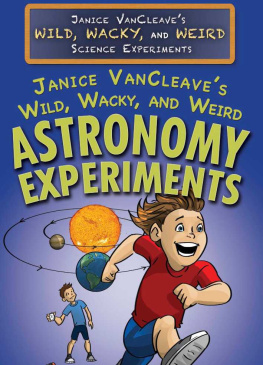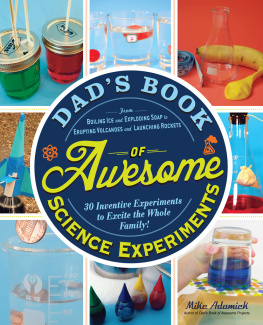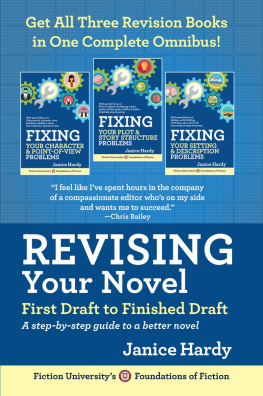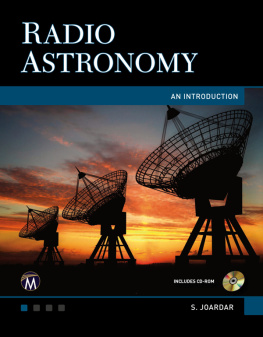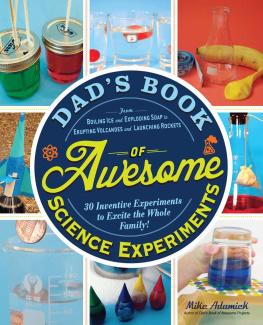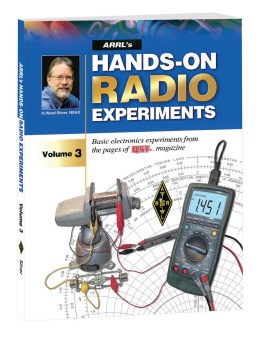This edition published in 2017 by:
The Rosen Publishing Group, Inc.
29 East 21st Street
New York, NY 10010
Introduction and additional end matter copyright 2017 by The Rosen Publishing Group, Inc.
All rights reserved. No part of this book may be reproduced in any form without permission in writing from the publisher, except by a reviewer.
Library of Congress Cataloging-in-Publication Data
Names: VanCleave, Janice Pratt, author.
Title: Janice VanCleaves wild, wacky, and weird astronomy experiments / Janice VanCleave.
Other titles: Wild, wacky, and weird astronomy experiments
Description : New York : Rosen Central, 2017. | Series: Janice Vancleaves wild,
wacky, and weird science experiments | Includes bibliographical references and
index.
Identifiers: ISBN 9781477789636 (library bound) | ISBN 9781477789612 (pbk.) | ISBN 9781477789629 (6-pack)
Subjects: LCSH: AstronomyExperimentsJuvenile literature. | Science proj-ectsJuvenile literature.
Classification: LCC QB46.V364 2016 | DDC 520.78dc23
Manufactured in China
Experiments first published in Janice VanCleaves 202 Oozing, Bubbling, Dripping, and Bouncing Experiments by John Wiley & Sons, Inc. copyright 1996 Janice VanCleave.
Astronomy is the study of the planets, the stars, and other bodies in space. Since the beginning of humankind, people have looked to the heavens to try to understand the stars, the planets, and our sun. In modern times, we have rocketed into space to land on the moon. We have built an International Space Station to do research in space and powerful telescopes to peer at the far reaches of the universe.
The people who choose astronomy as a career do a variety of work. Some scientists study the planets and others study galaxies. Some astronomers work to learn more about black holes and the universe. Solar scientists focus on our sun, the star that enables life to exist on the earth. All these people have something in common: They are constantly asking questions to learn even more about space.
This book is a collection of science experiments about astronomy. What happens during a solar eclipse? Why does the moon shine? What causes Saturns rings? You will find the answers to these and many other questions by doing the experiments in this book.
H ow to U se T his B ook
Before you get started, be sure to read each experiment completely before starting. The following sections are included for all the experiments.
P URPOSE : The basic goals for the experiment.
M ATERIALS : A list of supplies you will need.
You will experience less frustration and more fun if you gather all the necessary materials for the experiments before you begin. You lose your train of thought when you have to shop and search for supplies.
P ROCEDURE : Step-by-step instructions on how to perform the experiment.
Follow each step very carefully, never skip steps, and do not add your own. Safety is of the utmost importance, and by reading the experiment before starting, then following the instructions exactly, you can feel confident that no unexpected results will occur. Ask an adult to help you when you are working with anything sharp or hot. If adult supervisor is required, it will be noted in the experiment.
R ESULTS : An explanation stating exactly what is expected to happen.
This is an immediate learning tool. If the expected results are achieved, you will know that you did the experiment correctly. If your results are
not the same as described in the experiment, carefully read the instructions and start over from the first step.
W hy ? An explanation of why the results were achieved.
You will be rewarded with successful experiments if you read each experiment carefully, follow the steps in order, and do not substitute materials.
T HE S CIENTIFIC M ETHOD
Scientists identify a problem or observe an event. Then they seek solutions or explanations through research and experimentation. By doing the experiments in this book, you will learn to follow experimental steps and make observations. You will also learn many scientific principles that have to do with astronomy.
In the process, the things you see or learn may lead you to new questions. For example, perhaps you have completed the experiment that looks at splatter to determine why moon craters are spread out. Now you wonder what would happen if you dropped each pebble from different heights. Thats great! Every scientist is curious and asks new questions about what they learn. When you design a new experiment, it is a good idea to follow the scientific method.
Ask a question.
Do some research about your question. What do you already know?
Come up with a hypothesis, or a possible answer to your question.
Design an experiment to test your hypothesis. Make sure the experiment is repeatable.
Collect the data and make observations.
Analyze your results.
Reach a conclusion. Did your results support your hypothesis?
Many times the experiment leads to more questions and a new experiment.
Always remember that when devising your own science experiment, have a knowledgeable adult review it with you before trying it out. Ask them to supervise it as well.
P URPOSE To demonstrate how the thickness of an atmosphere affects how light is bent.
MATERIALS modeling clay 2 shiny pennies 2 drinking cups tap water
P ROCEDURE
Stick a grape-sized piece of clay inside the bottom of each cup.
Press a penny in each piece of clay so that it is in the very center of the cup.
Fill one cup with water.
Place both cups on the edge of a table. The cups must be side by side and even with the edge of the table.
Stand close to the table. Then, take a few steps backward while observing the pennies in the cups.
Stop when you can no longer see either of the pennies.
R ESULTS The 'penny in the cup filled with air disappears from view first, while you can still see the penny in the cup filled with water.
W HY ? You see the penny in the water at a greater distance because light enters the cup, reflects from the penny, hits the surface of the water, and is refracted (bent) toward your eye.The water is thicker than the air and thicker materials refract the light more. A change in the thickness of the earths atmosphere (the gases around a planet) due to pollution, increases the refraction of light. Venus thick atmosphere refracts light much more than does the earths atmosphere. An observer on Venus would see many mirages (optical illusions due to atmospheric conditions) and distortions because of this.

